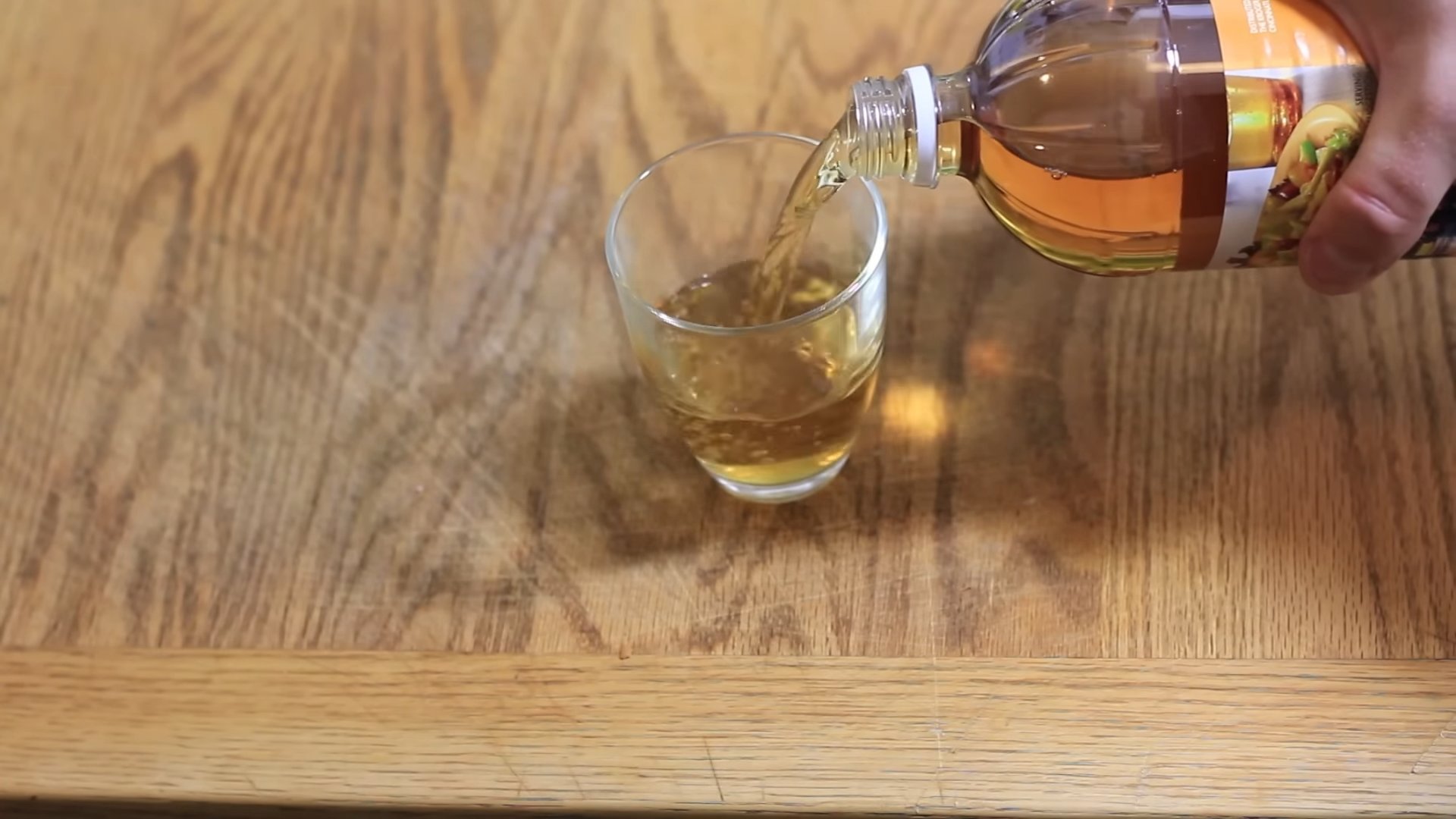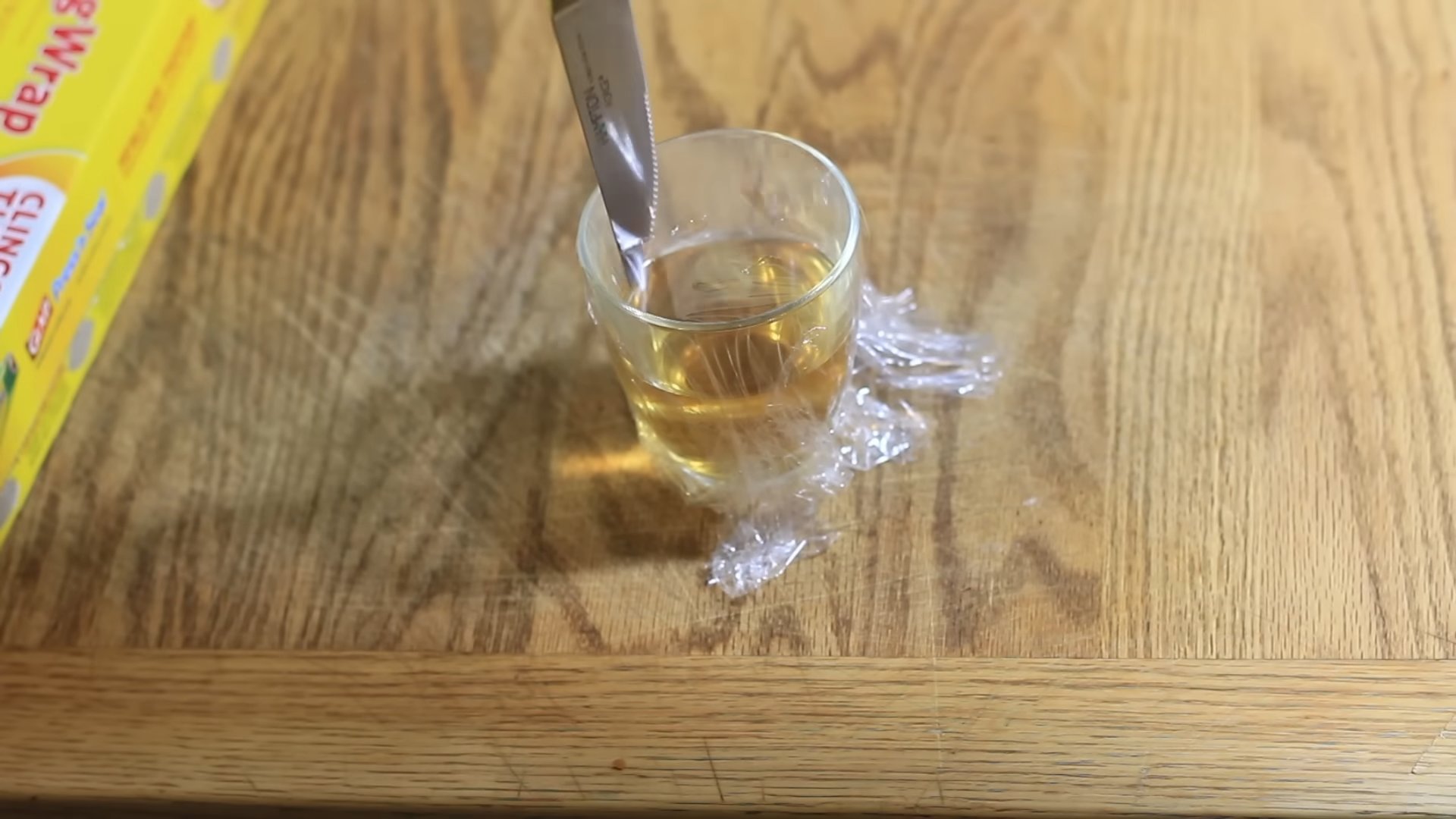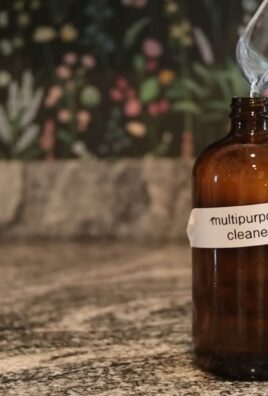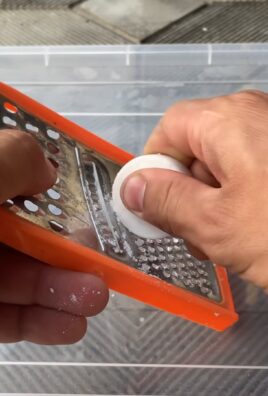White vinegar cleaning hacks are about to become your new best friend! Are you tired of spending a fortune on harsh chemical cleaners that promise the world but often leave you disappointed (and with a lingering, unpleasant smell)? I know I was! That’s why I dove headfirst into the world of natural cleaning solutions, and let me tell you, the results have been amazing.
Vinegar, in its various forms, has been used for cleaning and preserving for centuries. From ancient civilizations using it to disinfect wounds to our grandmothers relying on it for sparkling windows, vinegar boasts a rich history. But it’s the humble white vinegar that truly shines when it comes to tackling everyday messes around the house.
In today’s world, where we’re all striving for a healthier and more sustainable lifestyle, embracing white vinegar cleaning hacks is more important than ever. Not only is it an eco-friendly alternative to chemical-laden products, but it’s also incredibly cost-effective. Think about it: one bottle of white vinegar can replace a whole cabinet full of specialized cleaners! Plus, it’s safe to use around children and pets, giving you peace of mind while you clean. So, ditch the expensive chemicals and get ready to discover some amazing DIY cleaning tricks that will transform your home and your wallet!

Unlocking the Cleaning Power of White Vinegar: DIY Hacks You Need to Know
Hey there, fellow cleaning enthusiasts! Are you ready to discover the magic of white vinegar? This humble kitchen staple is a powerhouse when it comes to cleaning, and it’s incredibly budget-friendly and eco-friendly too! I’m going to share some of my favorite DIY cleaning hacks using white vinegar that will leave your home sparkling. Let’s dive in!
General Guidelines for Using White Vinegar
Before we get into the specific hacks, here are a few general tips to keep in mind when using white vinegar for cleaning:
* Always use distilled white vinegar: This type of vinegar has a consistent acidity level, making it ideal for cleaning.
* Dilute when necessary: While vinegar is a great cleaner on its own, diluting it with water can help prevent damage to certain surfaces. A 1:1 ratio (equal parts vinegar and water) is a good starting point.
* Test on an inconspicuous area first: Before cleaning an entire surface, always test the vinegar solution on a small, hidden area to ensure it doesn’t cause any discoloration or damage.
* Don’t mix with bleach: This is crucial! Mixing vinegar with bleach creates toxic chlorine gas, which is extremely dangerous.
* Ventilate the area: Vinegar has a strong odor, so make sure to open windows or turn on a fan when cleaning with it.
* Rinse thoroughly: After cleaning with vinegar, rinse the surface with clean water to remove any residue.
Cleaning Your Kitchen with White Vinegar
The kitchen is a breeding ground for grime and bacteria, but don’t worry, vinegar is here to help!
Cleaning the Microwave
Microwaves can get pretty gross with splattered food and lingering odors. Here’s how to clean yours with vinegar:
1. Prepare the vinegar solution: In a microwave-safe bowl, mix 1 cup of water and 1/4 cup of white vinegar.
2. Microwave the solution: Place the bowl in the microwave and heat it on high for 3-5 minutes, or until the solution boils and the microwave is filled with steam.
3. Let it sit: Leave the door closed for another 5-10 minutes to allow the steam to loosen the grime.
4. Wipe clean: Carefully remove the bowl (it will be hot!) and wipe down the inside of the microwave with a clean cloth or sponge. The grime should come off easily.
5. Rinse and dry: Rinse the inside of the microwave with clean water and dry it with a clean cloth.
Degreasing Your Stovetop
Stovetops can accumulate grease and food splatters quickly. Vinegar can help cut through the grease and leave your stovetop sparkling.
1. Remove loose debris: Use a spatula or scraper to remove any loose food particles or burnt-on residue.
2. Spray with vinegar: Fill a spray bottle with undiluted white vinegar and spray it liberally onto the stovetop.
3. Let it sit: Allow the vinegar to sit for 5-10 minutes to loosen the grease.
4. Wipe clean: Use a clean cloth or sponge to wipe away the grease and grime. For stubborn spots, you may need to scrub a little harder.
5. Rinse and dry: Rinse the stovetop with clean water and dry it with a clean cloth.
Cleaning Your Dishwasher
Did you know you can use vinegar to clean your dishwasher? It helps remove mineral buildup and keeps it running smoothly.
1. Empty the dishwasher: Make sure your dishwasher is completely empty.
2. Place vinegar in a dishwasher-safe cup: Fill a dishwasher-safe cup with 1 cup of white vinegar and place it on the top rack of the dishwasher.
3. Run a hot cycle: Run the dishwasher on a hot cycle without any detergent.
4. Repeat monthly: Repeat this process once a month to keep your dishwasher clean and fresh.
Freshening Up Your Garbage Disposal
Garbage disposals can get pretty stinky. Here’s how to freshen yours up with vinegar:
1. Pour in vinegar ice cubes: Freeze white vinegar in ice cube trays. Once frozen, drop a few vinegar ice cubes into the garbage disposal.
2. Run the disposal: Turn on the cold water and run the garbage disposal until the ice cubes are completely ground up. The vinegar will help clean the blades and freshen the disposal.
3. Repeat as needed: Repeat this process as needed to keep your garbage disposal smelling fresh.
Cleaning Your Bathroom with White Vinegar
The bathroom is another area that benefits greatly from the cleaning power of vinegar.
Cleaning Showerheads
Showerheads can accumulate mineral deposits that reduce water pressure. Vinegar can help dissolve these deposits and restore your showerhead to its former glory.
1. Remove the showerhead (optional): If possible, remove the showerhead from the shower arm. This will make it easier to clean.
2. Soak in vinegar: Fill a plastic bag with white vinegar and submerge the showerhead in the bag, securing it with a rubber band or twist tie. If you can’t remove the showerhead, you can still fill a bag with vinegar and attach it to the showerhead using a rubber band.
3. Let it soak: Allow the showerhead to soak in the vinegar for at least 30 minutes, or preferably overnight.
4. Remove and rinse: Remove the showerhead from the bag and rinse it thoroughly with clean water. Use a toothbrush or small brush to scrub away any remaining mineral deposits.
5. Reinstall (if removed): Reinstall the showerhead onto the shower arm.
Cleaning Toilet Bowls
Vinegar is a great natural alternative to harsh chemical toilet bowl cleaners.
1. Pour in vinegar: Pour 1-2 cups of white vinegar into the toilet bowl.
2. Let it sit: Allow the vinegar to sit for at least 30 minutes, or preferably overnight.
3. Scrub and flush: Use a toilet brush to scrub the bowl, paying attention to any stains or mineral deposits. Flush the toilet to rinse.
Removing Soap Scum from Shower Doors and Walls
Soap scum can be a real pain to remove, but vinegar can help loosen it up.
1. Heat the vinegar (optional): Heating the vinegar slightly can make it even more effective at removing soap scum. You can heat it in the microwave for a minute or two, but be careful not to boil it.
2. Spray with vinegar: Fill a spray bottle with white vinegar and spray it liberally onto the shower doors and walls.
3. Let it sit: Allow the vinegar to sit for 10-15 minutes to loosen the soap scum.
4. Wipe clean: Use a clean cloth or sponge to wipe away the soap scum. For stubborn areas, you may need to scrub a little harder. You can also use a magic eraser for extra cleaning power.
5. Rinse and dry: Rinse the shower doors and walls with clean water and dry them with a clean cloth.
Other Clever Uses for White Vinegar
Beyond the kitchen and bathroom, vinegar has many other uses around the house.
Cleaning Windows and Mirrors
Vinegar is a fantastic natural window and mirror cleaner. It leaves them streak-free and sparkling.
1. Prepare the vinegar solution: Mix equal parts white vinegar and water in a spray bottle.
2. Spray the surface: Spray the window or mirror with the vinegar solution.
3. Wipe clean: Use a clean microfiber cloth or paper towel to wipe the surface clean.
Removing Hard Water Stains
Hard water stains can be unsightly and difficult to remove. Vinegar can help dissolve these stains.
1. Soak a cloth in vinegar: Soak a clean cloth in white vinegar.
2. Apply to the stain: Place the cloth over the hard water stain and let it sit for 30-60 minutes.
3. Wipe clean: Remove the cloth and wipe the surface clean with a damp cloth.
Deodorizing Laundry
Vinegar can help remove odors from your laundry and soften fabrics.
1. Add vinegar to the wash: Add 1/2 cup of white vinegar to the washing machine during the rinse cycle.
2. Dry as usual: Dry your clothes as usual.
Cleaning Coffee Makers
Coffee makers can accumulate mineral deposits that affect the taste of your coffee. Vinegar can help remove these deposits and keep your coffee maker running smoothly.
1. Fill the water reservoir with vinegar: Fill the water reservoir of your coffee maker with white vinegar.
2. Run a brewing cycle: Run a full brewing cycle with the vinegar.
3. Rinse with water: Run two or three brewing cycles with clean water to rinse out any remaining vinegar.
Reviving Dull Laundry

Conclusion
So, there you have it! Unlocking the power of white vinegar for cleaning is more than just a trend; it’s a revolution in how we approach household chores. We’ve explored a range of applications, from banishing stubborn hard water stains to revitalizing your laundry, all with one simple, inexpensive ingredient. But why is this DIY cleaning trick a must-try?
Firstly, it’s incredibly effective. White vinegar’s acidity cuts through grease, grime, and mineral deposits with surprising ease. You’ll find yourself spending less time scrubbing and more time enjoying a sparkling clean home. Secondly, it’s eco-friendly. Ditch those harsh chemicals and embrace a natural alternative that’s better for your family, your pets, and the planet. The reduction in plastic waste from commercial cleaners alone makes a significant impact. Thirdly, it’s budget-friendly. A jug of white vinegar costs a fraction of what you’d spend on specialized cleaning products, making it a smart choice for anyone looking to save money.
But the beauty of white vinegar cleaning doesn’t stop there. Feel free to experiment and adapt these techniques to your specific needs. For a more fragrant clean, infuse your vinegar with citrus peels or herbs like lavender or rosemary. For tougher stains, create a paste with baking soda and vinegar for extra scrubbing power. Consider adding a few drops of your favorite essential oil to your vinegar cleaning solution for a personalized scent boost. Remember to always test any cleaning solution on an inconspicuous area first, especially on delicate surfaces.
We’ve shown you how to harness the power of white vinegar cleaning hacks to transform your home cleaning routine. Now it’s your turn to put these tips into action. We’re confident that you’ll be amazed by the results. Don’t just take our word for it – try it yourself and discover the difference!
We’d love to hear about your experiences with white vinegar cleaning. Share your before-and-after photos, your favorite cleaning hacks, and any variations you’ve discovered in the comments below. Let’s build a community of eco-conscious cleaners who are passionate about creating a healthy and sparkling home, one vinegar-powered clean at a time. Your insights could inspire others to embrace this simple yet powerful cleaning solution. Let’s unlock the full potential of white vinegar together!
Frequently Asked Questions (FAQs)
Is white vinegar safe to use on all surfaces?
While white vinegar is a versatile cleaner, it’s not suitable for all surfaces. Avoid using it on natural stone surfaces like marble, granite, and limestone, as the acidity can etch and damage them. It’s also best to avoid using it on waxed furniture, as it can strip the wax finish. Be cautious when using it on hardwood floors, especially if they have a delicate finish. Always test a small, inconspicuous area first to ensure it doesn’t cause any damage or discoloration. For delicate surfaces, dilute the vinegar with water to reduce its acidity. When in doubt, consult the manufacturer’s instructions for the surface you’re cleaning.
Can I mix white vinegar with bleach?
Absolutely not! Mixing white vinegar with bleach creates chlorine gas, which is highly toxic and can cause serious respiratory problems, burns, and even death. This is a dangerous combination that should be avoided at all costs. Always use white vinegar separately from bleach and other cleaning products. If you’re unsure about the compatibility of two cleaning agents, it’s always best to err on the side of caution and avoid mixing them.
Does white vinegar have a strong odor? How can I minimize it?
Yes, white vinegar does have a distinct odor that some people find unpleasant. However, the smell typically dissipates quickly after cleaning. To minimize the odor, you can add a few drops of your favorite essential oil to your vinegar cleaning solution. Citrus oils like lemon, orange, and grapefruit are particularly effective at masking the vinegar smell. You can also infuse your vinegar with citrus peels or herbs like lavender or rosemary for a more natural fragrance. Ensure proper ventilation by opening windows or using a fan while cleaning. After cleaning, you can also wipe down surfaces with a damp cloth to remove any lingering vinegar residue.
How do I clean my coffee maker with white vinegar?
Cleaning your coffee maker with white vinegar is a simple and effective way to remove mineral buildup and improve its performance. Fill the water reservoir with a solution of equal parts white vinegar and water. Run the coffee maker through a full brewing cycle. Discard the vinegar solution and then run the coffee maker through two or three cycles with fresh water to rinse away any remaining vinegar. This process will help to descale your coffee maker and ensure that your coffee tastes fresh and clean.
Can I use white vinegar to clean my washing machine?
Yes, white vinegar is an excellent natural cleaner for your washing machine. It helps to remove detergent buildup, mildew, and odors. To clean your washing machine, add about 2 cups of white vinegar to the detergent dispenser. Run the washing machine on a hot water cycle. For a more thorough cleaning, you can also add 1/2 cup of baking soda directly to the drum. This will help to loosen any stubborn residue. After the cycle is complete, wipe down the inside of the washing machine with a clean cloth. Regular cleaning with white vinegar will help to keep your washing machine fresh and prevent the buildup of mold and mildew.
How often should I clean with white vinegar?
The frequency of cleaning with white vinegar depends on the specific application and your personal preferences. For general cleaning tasks like wiping down countertops and cleaning floors, you can use white vinegar as often as you would use any other cleaning product. For descaling appliances like coffee makers and washing machines, it’s generally recommended to clean them with white vinegar every 1-3 months, depending on how frequently you use them and the hardness of your water. For specific cleaning tasks like removing hard water stains or mildew, you may need to clean more frequently until the problem is resolved.
What type of white vinegar should I use for cleaning?
When using white vinegar for cleaning, it’s best to use distilled white vinegar. Distilled white vinegar is a clear, colorless vinegar made from the fermentation of distilled alcohol. It typically has an acidity level of 5%, which is ideal for cleaning purposes. Avoid using other types of vinegar, such as apple cider vinegar or balsamic vinegar, as they may contain sugars or other ingredients that can leave a sticky residue or stain surfaces. Distilled white vinegar is readily available at most grocery stores and is an affordable and effective cleaning solution.
Can white vinegar remove hard water stains?
Yes, white vinegar is highly effective at removing hard water stains. Hard water stains are caused by mineral deposits, such as calcium and magnesium, that are left behind when hard water evaporates. The acidity of white vinegar helps to dissolve these mineral deposits, making them easier to remove. To remove hard water stains, simply apply white vinegar directly to the affected area and let it sit for a few minutes. Then, scrub the area with a brush or sponge and rinse with water. For stubborn stains, you may need to repeat the process or let the vinegar sit for a longer period of time. White vinegar can be used to remove hard water stains from faucets, showerheads, toilets, and other surfaces.





Leave a Comment